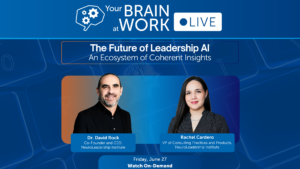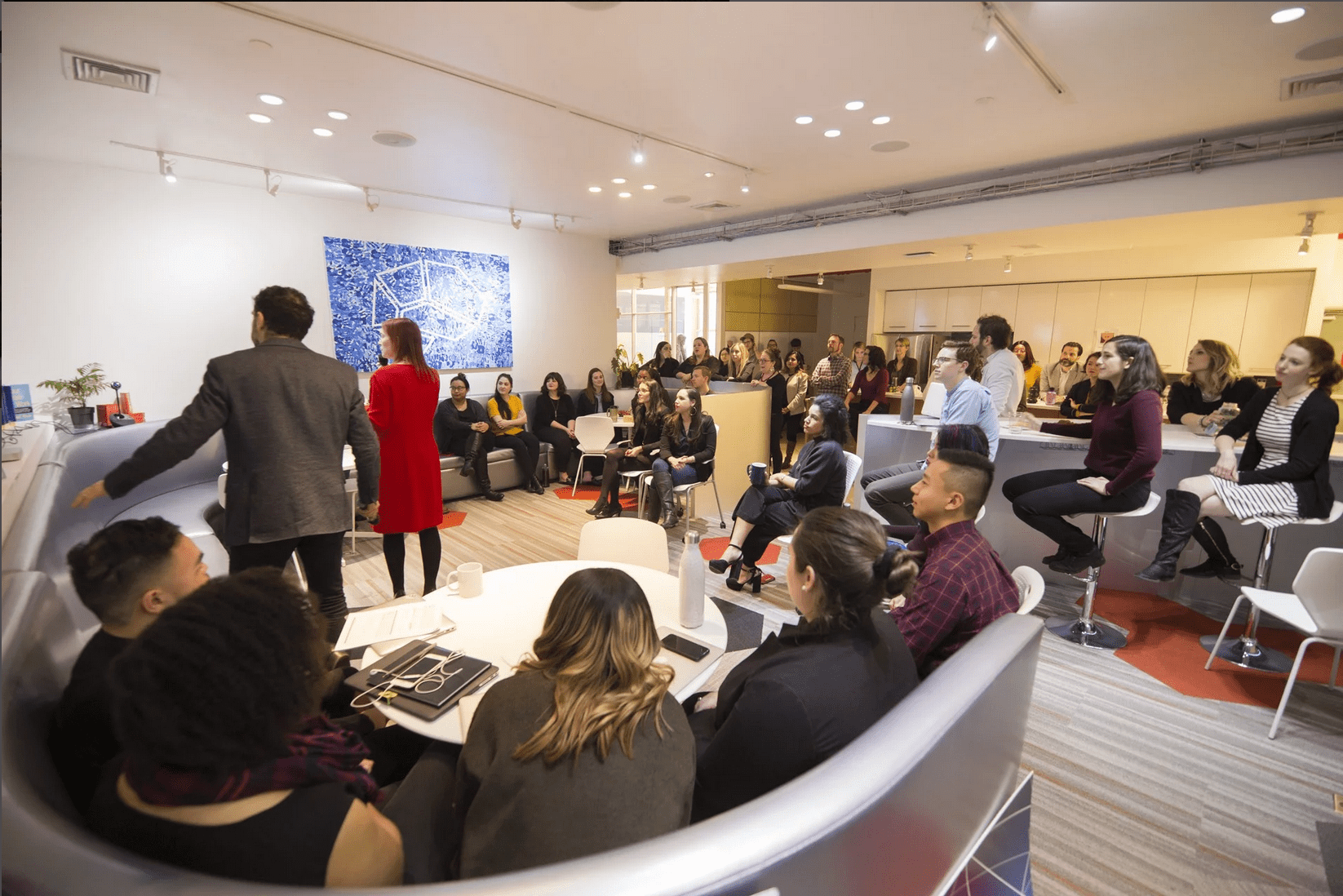First things first: It’s normal to fear change.
A mountain of psychology research has shown that human beings tend to perceive change as threatening. We start envisioning all the ways it jeopardizes our security. We panic. When that happens, our cognitive functions shut down and our performance suffers.
But research also suggests that change doesn’t need to be taboo for organizations. If employees can reframe their thinking — to make change an opportunity for growth, rather than a threat to overcome — they stand a greater chance to embrace change, rather than shy away from it.
[action hash=”8409c87a-1249-42da-b606-315766aa54de”]
Changes can be positive
Fears about change often come up in the context of transformation. Leaders may know they need to shake things up, but lack the language or understanding to frame the transformation as a positive to the broader team.
At NLI, we help leaders make use of The SCARF® Model, a way of organizing people’s social needs into five domains: status, certainty, autonomy, relatedness, and fairness. In any given interaction, people can send signals of threat or reward in each domain. For instance, leaders may threaten an employee’s autonomy by meddling in their work. But they can bestow autonomy rewards by giving the person space to think and work on projects at will.
Major change is ripe for threatening people’s need for certainty. In these cases, leaders can highlight what they do know, such as what will stay the same and what won’t. Communicating any new sources of certainty also sends the signal that leadership has employees in mind, possibly boosting people’s sense of fairness and relatedness, or belonging.
Keeping a growth mindset
The other component to seeing change through a positive lens involves people’s mindset. When people view their skills as innate and unchanging, research has shown, they tend to find less success — across various pursuits — than people who believe they can improve with time and effort.
Since transformation requires people to view their role, team, and possibly whole organization as fluid entities, NLI’s research suggests that a growth mindset is essential. Employees who use a fixed mindset may disengage from their role, or perhaps even actively resist the change.
The SCARF® Model works hand in hand with growth mindset to give both leaders and employees the tools to start seeing change as an opportunity for growth, development, and innovation. Instead of shying away from what’s different, employees can seize emerging responsibilities and take ownership over blazing new trails.
This article is the second installment in NLI’s new series, Transformation: The Master Class, a 4-week campaign to help leaders initiate and execute business transformation.
[action hash=”8409c87a-1249-42da-b606-315766aa54de”]






